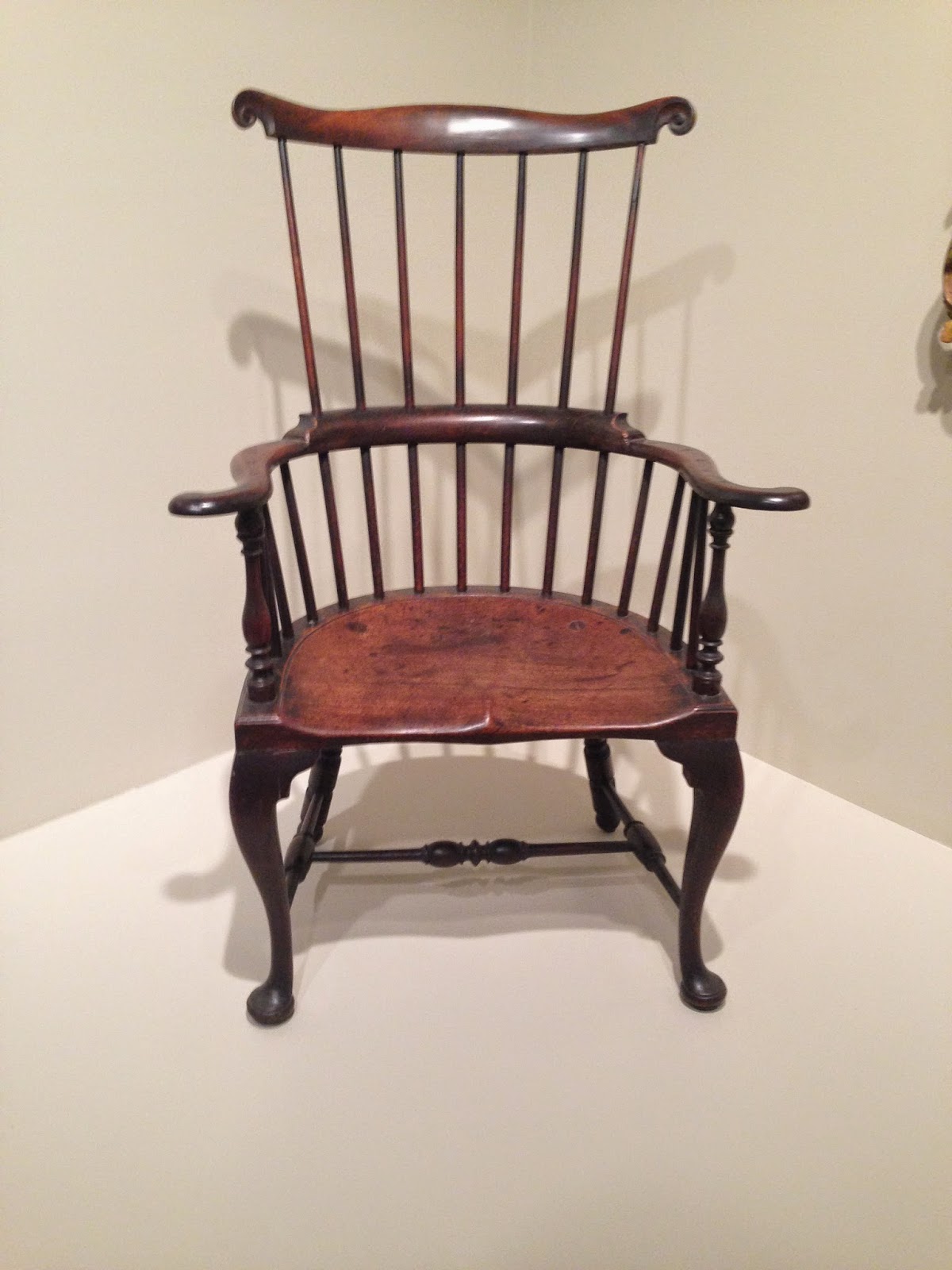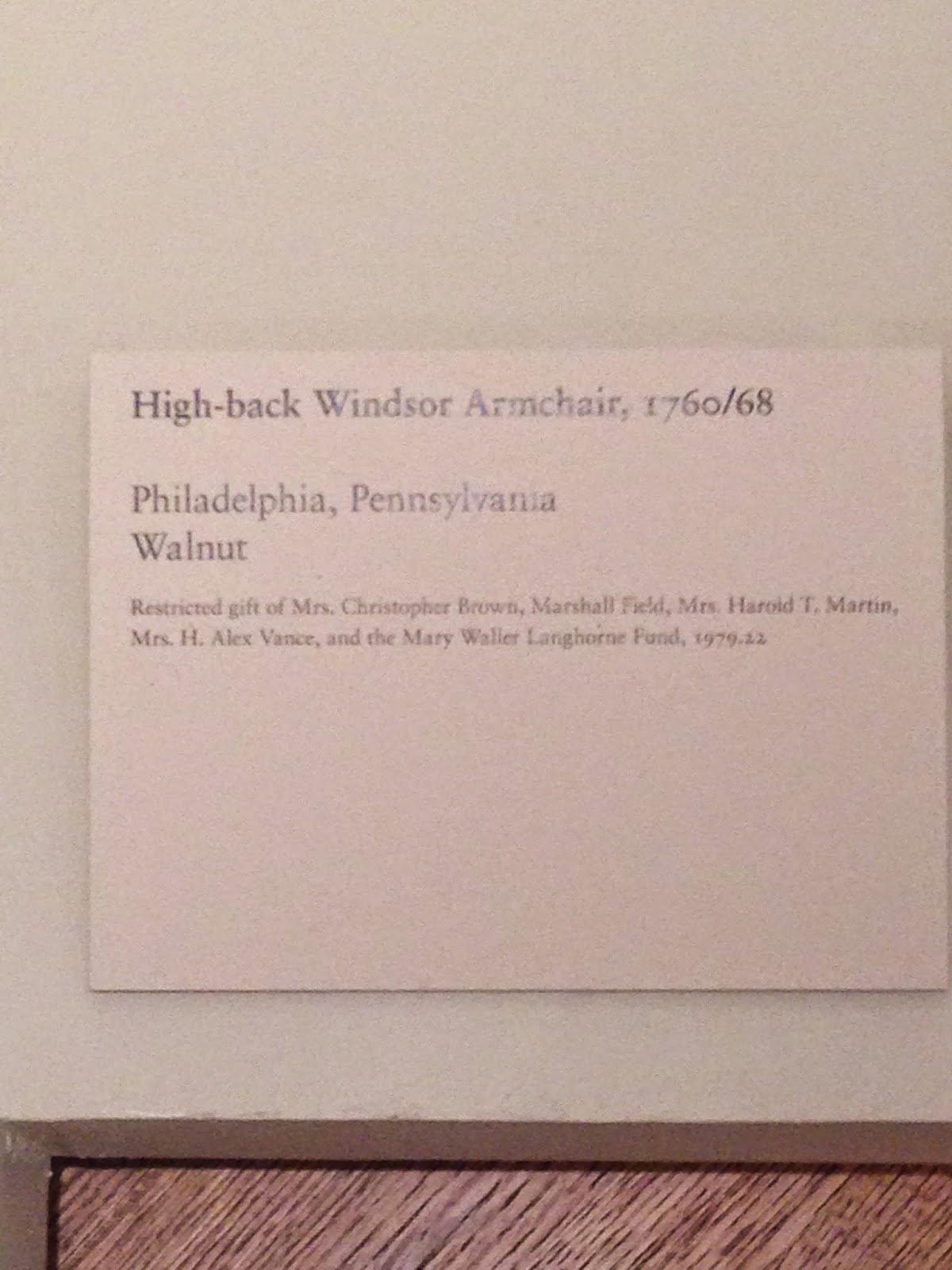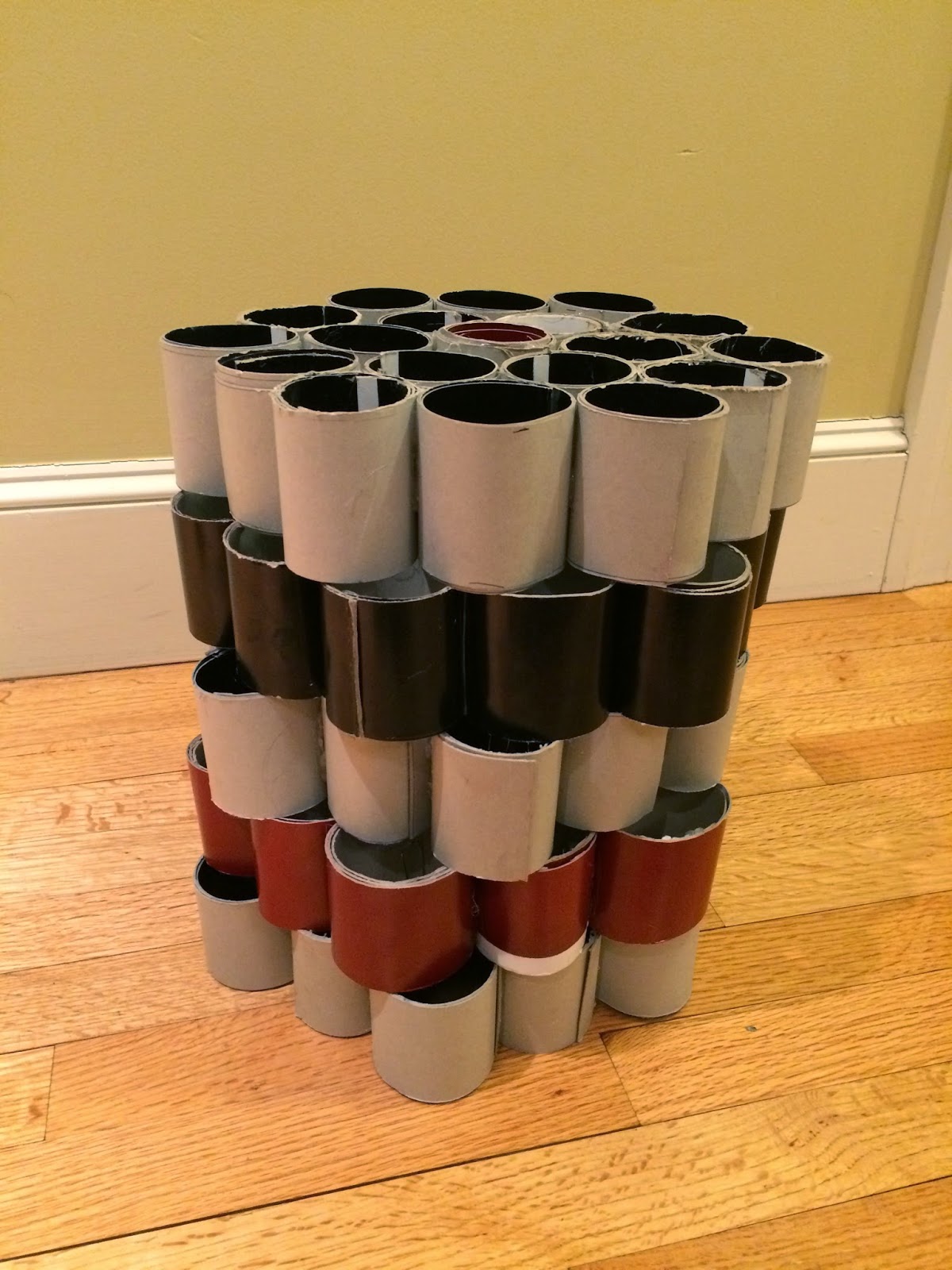MY DESIGN MIDTERM (Click those words!) This is a design midterm about two very cool architects- Ania Jaworska (who I had the opportunity to speak with after discovering her through a show at the Chicago Museum of Contemporary Art) and Sou Fujimoto, who I discovered through an exhibit at the Chicago Cultural Center as part of the Architecture Biennial.
Friday, October 23, 2015
Tuesday, July 7, 2015
Onward
I did graduate high school, and as such this blog is no longer a homework assignment. Nevertheless I plan to continue. Ideas for future posts include:
a) Pictures and descriptions of pieces I've been talking about for months but have yet to complete.
b) Images and thoughts of sculptural or practical pieces I see in the world or in museums.
c) Random ideas and sketches.
d) Thoughts and interesting points relating to the studio elective I'm starting at SAIC this fall: Intro to designed objects.
e) Further research and admiration of the greats!
f) Maybe a peek into some of my other projects? Some 2D stuff?
For sure I'll go in and out in terms of posting, particularly once school starts, but I'll be in Spain for ten days this month, and am sure to come home with quite a lot to say about the architecture there, which, I didn't realize until my research began, is just really large scale furniture design.
a) Pictures and descriptions of pieces I've been talking about for months but have yet to complete.
b) Images and thoughts of sculptural or practical pieces I see in the world or in museums.
c) Random ideas and sketches.
d) Thoughts and interesting points relating to the studio elective I'm starting at SAIC this fall: Intro to designed objects.
e) Further research and admiration of the greats!
f) Maybe a peek into some of my other projects? Some 2D stuff?
For sure I'll go in and out in terms of posting, particularly once school starts, but I'll be in Spain for ten days this month, and am sure to come home with quite a lot to say about the architecture there, which, I didn't realize until my research began, is just really large scale furniture design.
Thursday, April 9, 2015
WHEELCHAIRS ARE CHAIRS! UPHOLSTERY IS OUT OF MY LEAGUE!
George Jakob Hunzinger
American, born Germany, 1835-1898
Armchair, patented in 1869
Ebonized walnut and gilt decoration
This isn't a wheelchair actually but I TOTALLY FEEL LIKE IT SHOULD BE because of the delicacy of the legs as compared to the mass of the seat and back.
Cevestra B. Maddon, American 18??-????
Marks Adjustable Folding Chair Company, American ????-????
Chair, patented 18??
New York, New York
Iron, walnut, ????, and original upholstery
I had some trouble reading the label for this one because the photo I took is blurry, hence the question marks.
Monday, April 6, 2015
Windsor Armchair
Windsor chairs are super cool and super complex, which would be a surprise to most people since they're one of the most common types of regular kitchen table chairs you can get. The thing thats complex about building a windsor chair is that it takes different types for the different parts, because all the sections bend so differently. For the seat people use pine, bass, or tulip. The undercarriage is made of maple, or other stiff non-ring woods. Oak, ash, and hickory split and bend really well (steam bending) so they made good little bits, like the spindles. This armchair was at the Art Institute of Chicago.
Sunday, March 1, 2015
One of the most exciting pieces I've done!
I finally finished this stool that I've been working on for a handful of months, and thinking about since the start of the school year. My inspiration came from a bench I sat on while visiting Pratt Institute which was made of what appeared to be cardboard packing tubes cut to various heights and tied together. Though mine isn't as glamorous as that, I decided to take it to the next level, starting with a few large, yet flimsy, cardboard sheets and turning them into a very strong cylindrical stool with the help of nothing else but various craft glues (Mod Podge, hot glue) and a bunch of paperclips, not to mention basic knowledge of physics... and cardboard. It's not the coziest seat, but its a huge structural success. My sister was my model this time. Props.
Most of the people to whom I've shown this stool have been uncomfortable sitting on it at first, positive that this dinky piece of cardboard would buckle under the weight of a person. To prove its strength I had my model stand up on it, though I had to do it first to prove she wouldn't be killed:
Friday, February 27, 2015
Furniture but like also not?
In the last post I did related to The Art Institute
of Chicago was a piece by Greta Magnusson Grossman that
was actually a lamp. One of the pieces I've been working on is a clock.
When we think of furniture, people tend to think of chairs, tables, couches,
beds, and other things you can get at Cardis Furniture Superstore. Furniture is
really anything that adorns a space and serves a purpose. A painting is a
painting, but when one frames it and puts it on their wall- that's furniture. A
lamp, a basket, a trashcan? They fill the space they're in, they are
constant points of vision, they serve an important purpose, and the require an
eye for design to create and match to a space/price/feeling.
There were a few pieces at the Institute that reminded me of this:
Tall Clock, Milwaukee Wisconsin (1912)
Designed in America by the Scottish born George Grant Elmslie (1871-1952) and American born William Gray Purcell (1880-1965)
Made by the American Niedecken-Walbridge Company, 1907-1938
Mahogany with brass inlay
I didn't get the info for this one, but basically its a work table with a special storage basket that I believe is intended for sewing supplies.
Rolling storage travel desk? So goddamn cool.
Thursday, February 26, 2015
Wednesday, February 25, 2015
Cute Little Designer Furniture Setup
I saw this collection at The Art Institute of Chicago, thought it was fun to have so much exciting stuff in one photo.
Cobra Desk Lamp, Los Angeles, CA 1948/49
Designed in America by the Swedish born Greta Magnusson Grossman (1906-1999)
Made by the American Ralph O. Smith Co. (1949-1954)
Aluminum and steel
Paldeo "Ectoplastic" Desk, Zeeland, Michigan c. 1940
Designed in America by Gilbert Rohde (1894-1944)
Made by the American Herman Miller, Inc., founded 1923
Paldao, acacia burl, brass, imitation leather
Bench and Cushion, New York, New York 1945/55
Edward J. Wormley, American (1907-1995)
Cherry, plywood, and cotton/rayon
Folding Screen, Venice, Califonia 1946/48
Designed by Americans Charles Eames (1907-1978), Ray Eames (1912-1988), and Herman Miller, Inc. (founded 1923)
Made by the American Evans Products Company, Molded plywood Division (founded c. 1943)
Molded ash plywood and canvas
Tuesday, February 24, 2015
Monday, February 9, 2015
The Art Institute #1
My next few posts are going to be about my trip to the School of the Art Institute of Chicago, focusing on my visit to the Institute itself. Best art museum in the world, or so I hear. It's where I'm thinking I'll go to school next year (SAIC, not the museum) so my parents and I went for about three days. All posts shall still be furniture related, as I spent much time in American Design exhibit.
For starters, lets talk someone who's very important everywhere, but especially in the Chicago area: Architect and designer Frank Lloyd Wright. As many architects do he did a lot of furniture work with similar patterns and styles to his architectural work. Wright was actually a bit of a special case because he was insanely neurotic and controlling, doing everything from designing every interior and exterior aspect of the homes he built (gardens, furniture, etc) to choosing the clothes his wife wore each day.
For starters, lets talk someone who's very important everywhere, but especially in the Chicago area: Architect and designer Frank Lloyd Wright. As many architects do he did a lot of furniture work with similar patterns and styles to his architectural work. Wright was actually a bit of a special case because he was insanely neurotic and controlling, doing everything from designing every interior and exterior aspect of the homes he built (gardens, furniture, etc) to choosing the clothes his wife wore each day.
The above chair is a simple one designed by Wright, but the styles are precisely what he uses time and time again in his architecture. Right angles and geometric shapes, particularly rectangles, are a staple of sorts for Wright, being present in many of his buildings and products. These patterns are especially common in his stain glass work, which is present in most of his buildings.
This desk-and-chair set is Frank Lloyd Wright as well. The curved lines and organic shapes are less typical of his work. It's chic and I want it.
Sunday, February 8, 2015
Tuesday, January 27, 2015
Stuff and Things
This isn't a business of quick turnaround and project after project. These pieces have a lot of layers, what with the need for both aesthetic and structural success. My goal is to finish the pieces I'm working on (Bass Clock, Recycle Chair, Silver Chair, Roll Stool) and then move on to models, work with various material, and work on technique. Unfortunately, by starting each project before I finished the last one I've got a lot on my hands. I've backed up the studio, gotta bang it all out. At this point it's really about sitting down and doing the work, which I WILL now do (thanks credit deadline).
Subscribe to:
Comments (Atom)








































